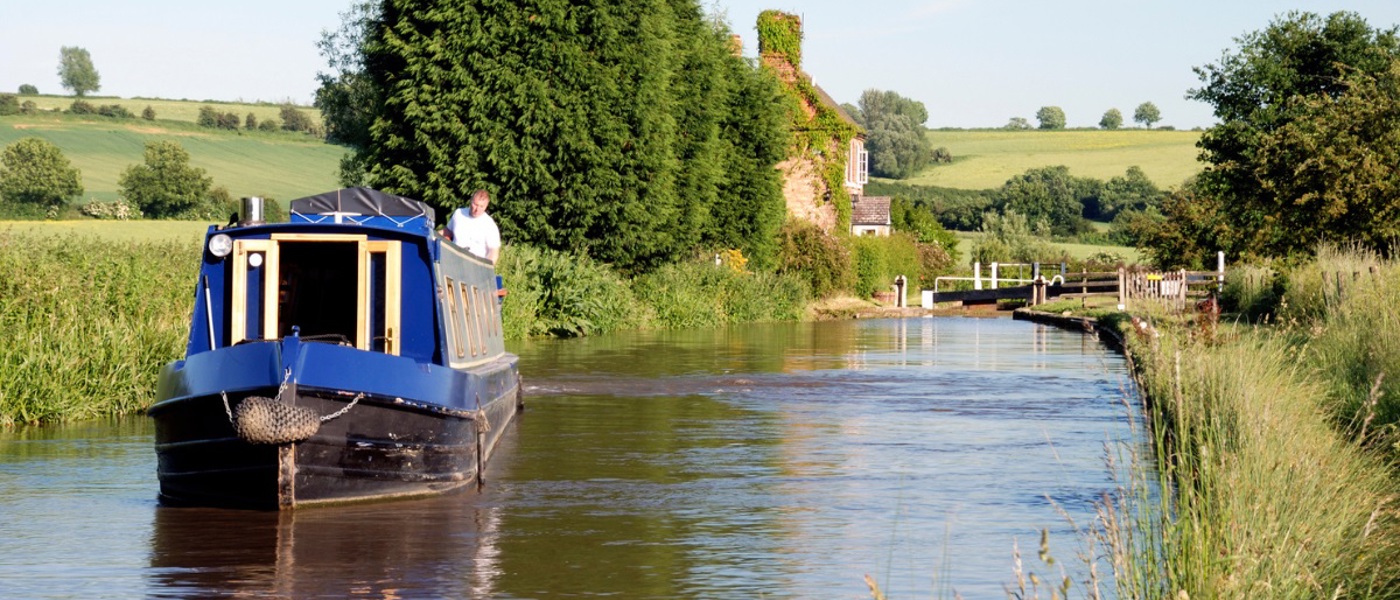A Beginner’s Guide to Mooring Your Narrowboat
Over time narrowboats are becoming increasingly popular as liveaboards or alternative holiday accommodation. The trend for narrowboat ownership continues and we are seeing more first-time owners insuring their narrowboats than ever before.

We are thrilled that more people are experiencing the joy that comes from exploring the UK’s canal network, and the convenience of mooring up almost anywhere you like, so our expert team have put together some tips for those new to mooring their narrowboat. Please feel free to share these tips with your clients and if our team can help with any risks you need to place on your clients’ behalf, please do call us on 01273 863 400 or click here to get a quote.
Where Can You Moor a Narrowboat?
One of the greatest joys of travelling by narrowboat is the freedom to stop and explore almost anywhere along the UK’s scenic canal network. Whether you're planning a weekend escape or a longer adventure, knowing where and how to moor your boat is essential. This guide will walk you through the basics so you can moor with confidence.
The canal network offers remarkable flexibility, allowing boaters to moor in a wide variety of locations. However, there are some important rules to follow to ensure safety and courtesy to others:
You must not moor:
- On the non-towpath side, unless signage explicitly permits it.
- In places that cause obstruction or inconvenience, such as:
- Under bridges
- At junctions
- In winding holes
- On lock landings
- Near water points
- On bends or blind spots
- Anywhere marked with “No Mooring” signs.
Towpath Mooring Rules:
- You can generally moor along the towpath for up to 14 days, unless signs indicate a shorter limit.
- Visitor moorings are common in popular areas and often have shorter time limits (e.g. 7 days, 48 hours, or 24 hours) to ensure fair access for all boaters.
River Mooring Considerations:
Unlike canals, rivers often have privately owned banks, so mooring requires permission from the landowner. These areas are usually clearly marked as private moorings, so keep an eye out for signage.
You may also need to attach a centreline spring rope to stop the boat moving in the flow of the river.
How to Moor Your Narrowboat
Mooring your boat safely and securely is a skill that becomes second nature with practice. Here’s a step-by-step guide:
- Approach the mooring spot slowly, keeping your boat straight and in deep water.
- Point the bow (front) towards the bank, then gently reverse to slow down and stop just before reaching the edge.
- Shift the engine into neutral to allow the stern (back) to swing in naturally.
- If you have a crew member, they can step ashore with the centreline and then secure the boat at both the bow and stern ideally at a 45 degree angle from the boat.
- If you're solo, ensure the engine is in neutral before stepping off to tie up.
How Much Does Mooring Cost?
Mooring costs vary depending on location and the type of mooring:
Temporary Mooring:
- Free for short-term stops along canals — included in your boat licence fee.
Permanent Mooring:
- Charged monthly or annually by the mooring site owner.
- Comes in three main types:
- Residential Moorings: Require local council planning permission and are subject to council tax (usually Band A). These offer benefits like a postal address and broadband access.
- Leisure Moorings: For recreational use only — you can’t live aboard full-time.
- High Use Moorings: Designed for frequent use but not residential living.
Residential moorings tend to be more expensive due to the added infrastructure and permissions required.
Final Thoughts
When following the steps also remember to stay calm! Mooring, is one of the most flexible and enjoyable aspects of narrowboating, offering the chance to explore charming towns, peaceful countryside, and vibrant waterways. By understanding the rules and techniques, you’ll be well-prepared to make the most of your journey.
Get in touch
At Navigators & General, we have been serving the marine industry for more than 100 years. We care deeply about providing you and your clients with quality insurance cover and we’d love to discuss how our expert team can support you.